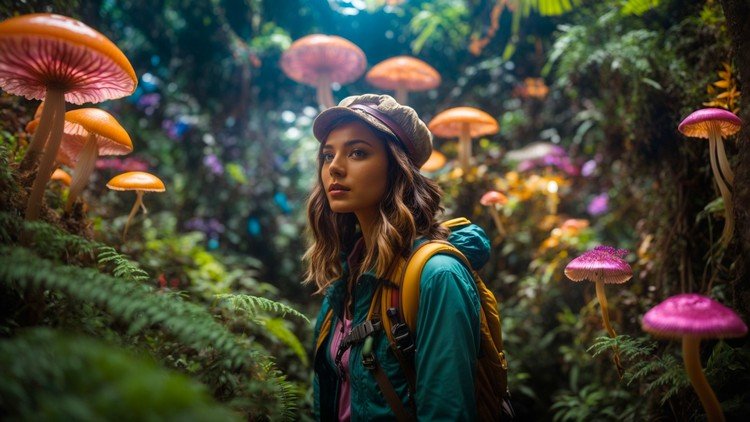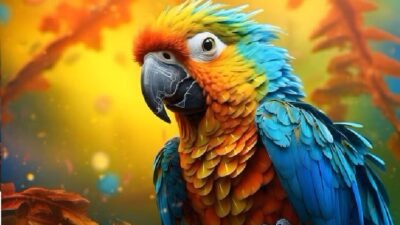Are you building a story, comic, short film, or animated content and struggling to maintain consistent character designs across scenes and formats? With the power of AI tools like Leonardo AI, ChatGPT, and Haiper AI, creating and managing consistent characters is no longer a tedious or expensive process. Whether you’re designing characters for 3D animation, storytelling, or social content like Reels, Shorts, or TikToks, this guide will show you how to make AI work for you—consistently and creatively.
What you’ll learn
Combining multiple AI tools can help you build an entire character pipeline—from concept and backstory to visual design and animation. Here’s what you’ll be able to achieve using this trio of tools:
Character Concept Creation (ChatGPT)
Use ChatGPT to generate detailed character profiles including name, backstory, personality, visual traits, voice tone, dialogue style, and character arcs. Perfect for novels, animations, or branding.
Consistent Visual Design (Leonardo AI)
Leonardo AI allows you to create stunning and consistent character art by using reference images and style presets. You can maintain facial structure, clothing, and poses across multiple scenes and prompts.
Character Animation (Haiper AI)
Haiper AI brings your characters to life by transforming still images or videos into stylized, animated sequences. This is ideal for creating music videos, social clips, or story reels where the same character appears in different scenes.
Prompt Engineering Across Tools
Learn how to write prompts that keep the character’s identity intact when transferring between platforms—e.g., from concept in ChatGPT to visuals in Leonardo AI to motion in Haiper AI.
Building a Character Sheet or Style Guide
Develop a reusable prompt + image combination that serves as a visual bible for future outputs, ensuring consistency across media.
Requirements and approach
You don’t need advanced design or coding experience to get started. Here’s what you need:
- ChatGPT (GPT-4 or GPT-4o): For creating detailed written character profiles and dialogue
- Leonardo.ai account: For image generation with character reference control
- Haiper AI: For turning your still character into moving sequences or stylized animations
- Prompting practice: The ability to iterate with precision using written descriptions and visual input
- Optional: Save visual references and prompt templates in Notion or Google Docs for reuse
The approach involves looping through concept → visual → motion, refining with feedback from each tool. You’ll start with a strong character brief, turn it into an image series, then animate that character for various formats.
Who this is for
This workflow is ideal for:
Animators and Motion Designers: Looking to create character-led video content without hand-drawing every frame.
Storytellers and Novelists: Turning written characters into visuals and animations to enhance storytelling or marketing.
Game Designers: Generating consistent characters across dialogue, portraits, and cutscene visuals.
Short Video Creators (TikTok, Reels, Shorts): Using AI characters for storytelling, music, or skit-style content.
Marketing and Branding Creators: Building mascots, brand characters, or influencer-style avatars for promotions.
Outcomes and final thoughts
Once you combine the creative power of ChatGPT, Leonardo AI, and Haiper AI, you’ll be able to create, refine, and deploy consistent characters across multiple platforms and styles. Whether your goal is to build a series of animated videos, a graphic novel, a YouTube Shorts campaign, or a 3D influencer brand—this AI workflow accelerates and simplifies the process.
By the end of your workflow, you’ll have a clear character identity: a personality, visual design, and animated movement—all AI-powered and fully reusable for future content.
In conclusion, this multi-AI character creation process allows creators of all levels to maintain character consistency with ease. It’s an exciting new frontier for anyone in visual storytelling, branding, or digital content creation.















